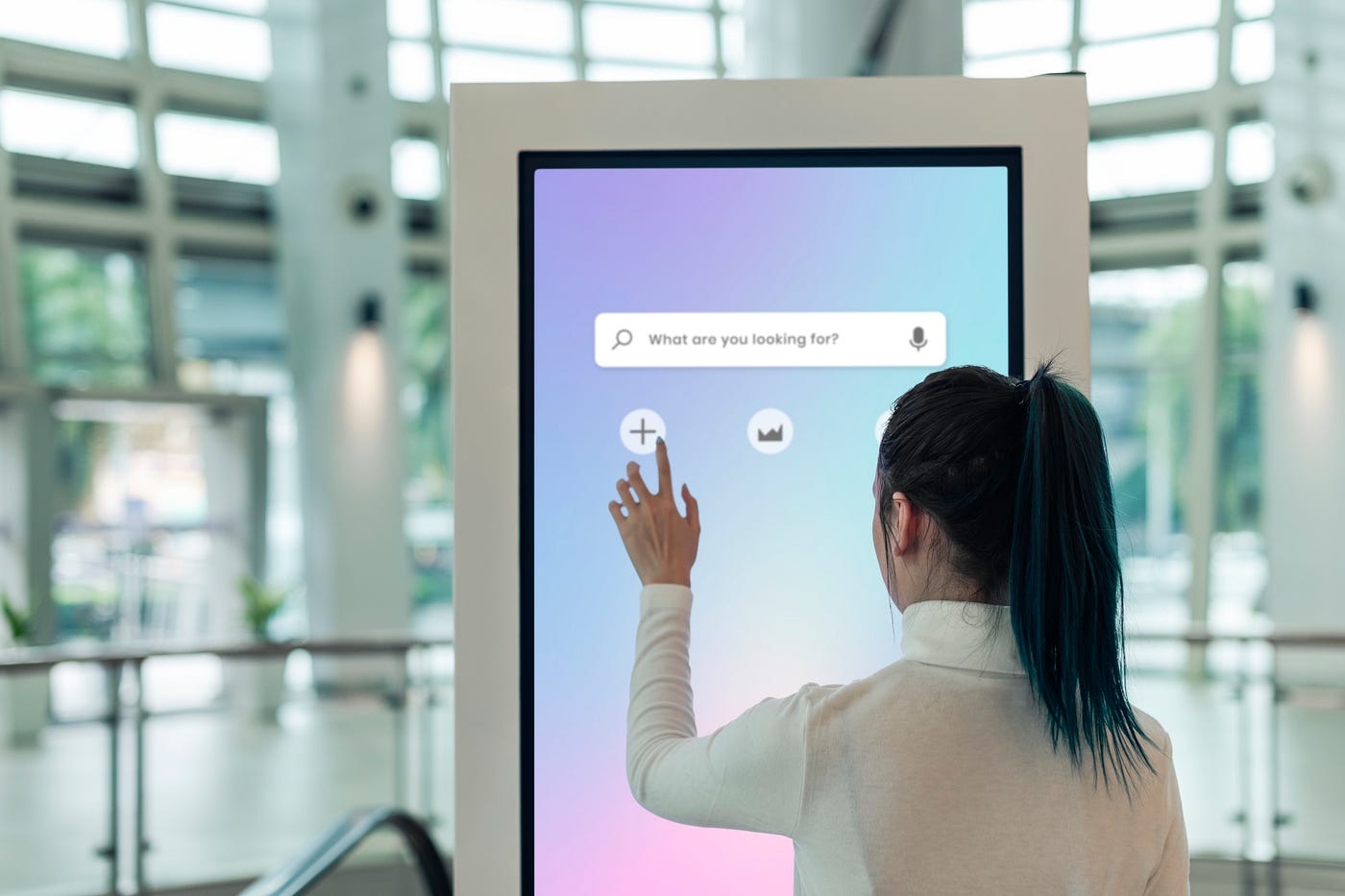You May Also Like
 Blog
Blog
Benefits of Digital Signage: Revolutionizing Communication and Engagement
John HenryJuly 9, 2025

 Blog
Blog

Digital menu board solution with an automated marketing platform for businesses. Nento Marketing Hub offers revenue increases with just a few clicks, along with comprehensive data analysis
Copyright ©2025 Nento Corp. All rights reserved.
